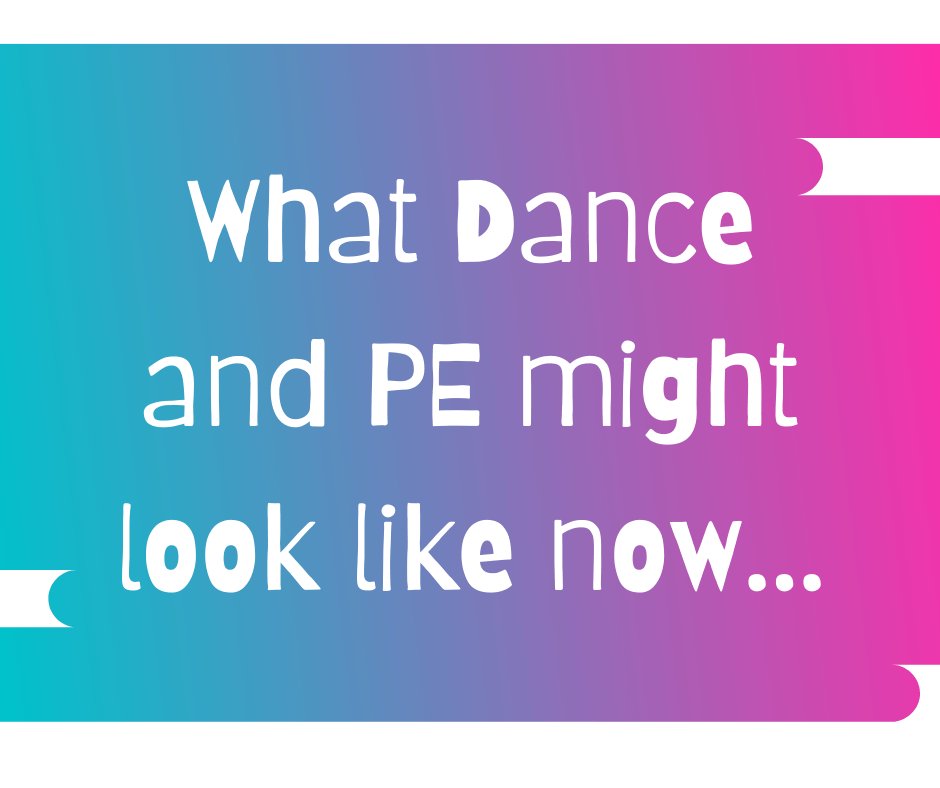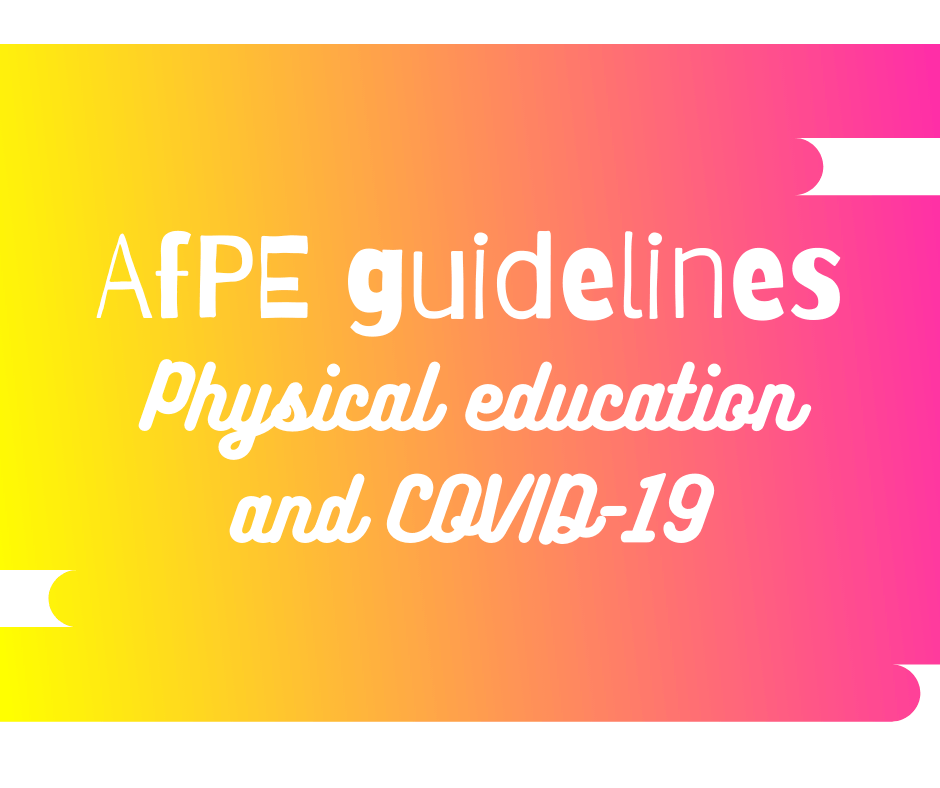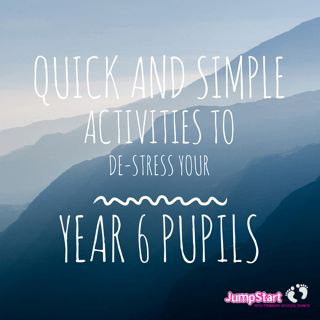If you've read the AfPE guidelines (or our recent blog about it here) you will…
Keeping the dance class both fun and safe for young people!
This week’s blog has been written by Charlotte Tomlinson, co-author with Edel Quin & Sonia Rafferty of Safe Dance Practice: An Applied Dance Science Perspective.
Enjoy! And please buy the book – it is a BRAND NEW publication full of the MOST current information on principles of safe practice that are essential to any dance experience.
You can buy Safe Dance Practice: An Applied Dance Science Perspective by clicking here
“It’s fantastic that dance is gaining popularity and that more young people are participating in dance both in and out of school. Dance is a great form of exercise which also utilises creative skills and team work and can particularly help children in gaining confidence whilst improving physical health. But how much do the dance teachers actually know about the bodies of the children that they are working with? As stated in the new publication Safe Dance Practice: An Applied Dance Science Perspective, children are not miniature adults! Their physical and psychological make-up is very different to that of an adult, and therefore so are their needs.
There are key areas that need to be considered when working with the younger dancer in order to reduce risk of injury and to help them achieve their full potential. Of great importance are the three stages of childhood development (early childhood 0-8 years, middle childhood 8-12 years and adolescents 12-18 years) where varying growth patterns results in several effects on the body. These physical changes along with hormonal adjustments can result in emotional effects also. Substantially, what youngsters do in the dance class now can affect their participation of dance in later years as well as their overall well-being. As a dance teacher, ask yourself the following questions:
- When I lead a warm up for young children, do I take my time to gradually raise the heart rate to avoid the children getting too hot too soon?
- Do I allow for regular water breaks so that the children can stay hydrated and avoid overheating?
- Do I use dynamic stretches effectively within a warm up and static stretches effectively following a gradual cool down?
- Do I provide a psychologically safe environment which is supportive and reinforces positive feedback?
- Are the dance activities appropriate for the young dancers with regards to their age, ability and physical and psychological maturity?
- Am I aware of movements, such as those that impact the knee, that should be minimised or avoided during growth spurts?
As a dance practitioner myself, I want to encourage more people to get involved in dance, in the healthiest possible way, so that people can simply enjoy dancing for longer. For the development of the dance teacher’s skill and knowledge, their reputation, and to keep up to date with the latest developments in safe dance teaching, I strongly recommended that they complete a Healthier Dance Certification and that they read the brand new publication Safe Dance Practice: An Applied Dance Science Perspective.
Everyone has the right to dance, lets help them to achieve this in a fun, exciting and healthy way!”
Charlotte Tomlinson
Co-author with Edel Quin & Sonia Rafferty of Safe Dance Practice: An Applied Dance Science Perspective
To find out more about this book, visit Human Kinetics here
—
For more information on Charlotte’s practice and her Healthier Dance Certification, please visit…
http://fit4dance.com/healthydancepractice/



